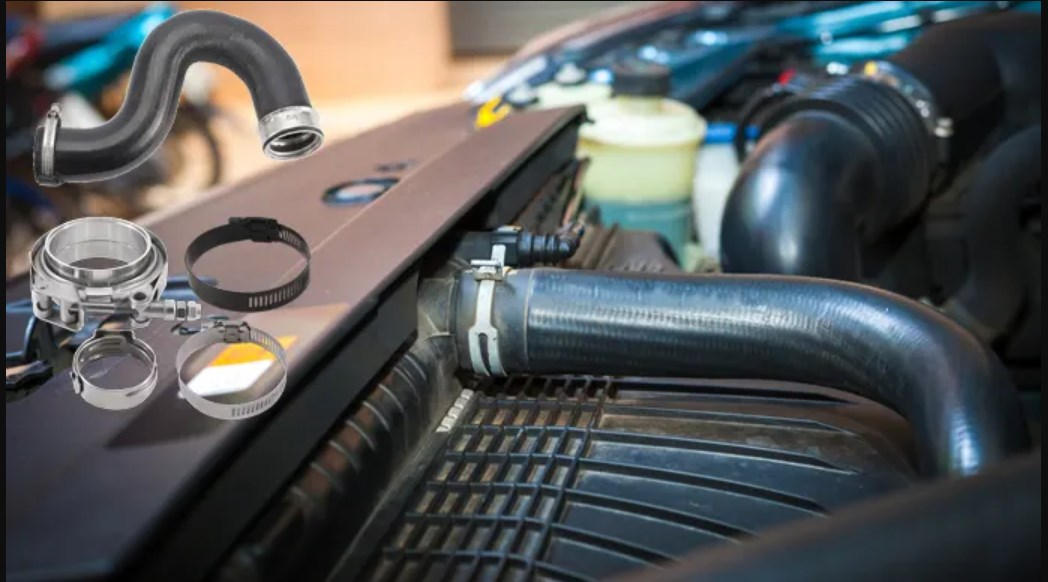- Phone:+86-17331948172 +86-0319-8862898
- E-mail: inquiry@puxingclamp.com
Ное . 06, 2024 10:31 Back to list
Top Hose Clamp Manufacturers and Their Factories for Quality Solutions
Understanding Hose Clamp Manufacturers The Backbone of Fluid Control Solutions
In the realm of engineering and manufacturing, hose clamps may seem like small components, yet they play a critical role in ensuring the integrity and efficiency of fluid control systems. This article delves into the world of hose clamp manufacturers, exploring their importance, production processes, types, and the future of hose clamps in various industries.
The Importance of Hose Clamps
Hose clamps are essential devices used to secure hoses onto fittings. They provide a tight seal that prevents leaks, ensuring that fluids are safely transported from one point to another. Commonly found in automotive applications, plumbing systems, and industrial machinery, these components are pivotal in maintaining operational efficiency and safety. Without high-quality hose clamps, even the most advanced systems would be prone to failures, resulting in costly repairs and potential hazards.
The Role of Hose Clamp Manufacturers
Hose clamp manufacturers are specialized producers of these vital components, often focusing on innovation, quality control, and efficiency in their production processes. These manufacturers typically operate factories equipped with advanced machinery to produce a variety of hose clamps, each designed for specific applications.
1. Quality Control Given the critical nature of their applications, hose clamp manufacturers adhere to stringent quality control measures. This involves rigorous testing of materials to ensure durability and resistance to factors such as temperature fluctuations, corrosion, and mechanical stress. Manufacturers often comply with international standards such as ISO 9001, which guarantees that they deliver reliable and high-performance products.
2. Diverse Product Range Different industries require different types of hose clamps. Manufacturers often provide a wide range of products, including worm gear clamps, spring clamps, and quick-release clamps, each suited for specific applications. For instance, worm gear clamps are most commonly used in automotive applications due to their adaptability and ability to provide strong holding power. Conversely, quick-release clamps are favored in applications requiring regular connections and disconnections.
3. Customization and Innovation Advanced hose clamp manufacturers invest in research and development to innovate and create customized solutions for complex applications. They work closely with engineers and designers to develop prototypes tailored to specific operational needs, optimizing functionality and performance. This collaborative approach enhances the overall design and application of hose clamps in diverse environments.
The Manufacturing Process
hose clamp manufacturers factory

The manufacturing of hose clamps involves several key steps
1. Material Selection Manufacturers typically use materials like stainless steel, plastic, or galvanized steel, chosen for their strength and resistance to corrosion.
2. Forming and Shaping Materials are cut and formed into initial shapes through various methods, including stamping, bending, and welding. Automated machining processes are often employed for precision.
3. Finishing Touches After shaping, hose clamps undergo finishing processes where they are treated to improve their surface properties, such as coating for rust resistance or polishing for aesthetic appeal.
4. Quality Testing Each batch of clamps is subjected to rigorous testing to ensure they meet the required specifications. Tests may include tensile strength assessments, pressure tests, and fatigue evaluations.
5. Packaging and Distribution Once approved, the clamps are packaged and shipped to distributors or directly to customers, ensuring that they arrive in optimal condition.
The Future of Hose Clamps
As industries continue to evolve, so do the demands placed on hose clamp manufacturers. The growing emphasis on sustainability and environmental considerations will likely drive manufacturers to develop eco-friendly materials and processes. Furthermore, the advent of smart technologies in industrial applications may see a rise in the integration of sensors within hose clamps to monitor pressure and detect leaks in real time.
In conclusion, hose clamp manufacturers are an often-overlooked yet vital part of the manufacturing ecosystem. Their commitment to quality, innovation, and efficiency ensures that a wide range of industries can operate smoothly and reliably. As technology progresses and new challenges arise, these manufacturers will undoubtedly continue to adapt and thrive in delivering superior fluid control solutions.
-
High-Quality Hose Clamps Mini Clamp – Reliable Factory & Leading Suppliers
NewsJul.05,2025
-
High-Quality Steel Plate Midsole Leading Steel Plate Midsole Factories & Suppliers
NewsJul.05,2025
-
Adjustable Pipe Tube Clip – High-Quality, Durable & Versatile Clamps for Industrial Use
NewsJul.05,2025
-
German Style Hose Clamp Manufacturer Quick Lock Worm Gear Hose Clamp Supplier
NewsJul.04,2025
-
Steel Midsole with Stainless Steel – Durable, Lightweight Safety Solutions from Top Factories and Suppliers
NewsJun.24,2025
-
High-Quality Stainless Steel Midsoles in EN Standard – Reliable Factories & Suppliers
NewsJun.10,2025




